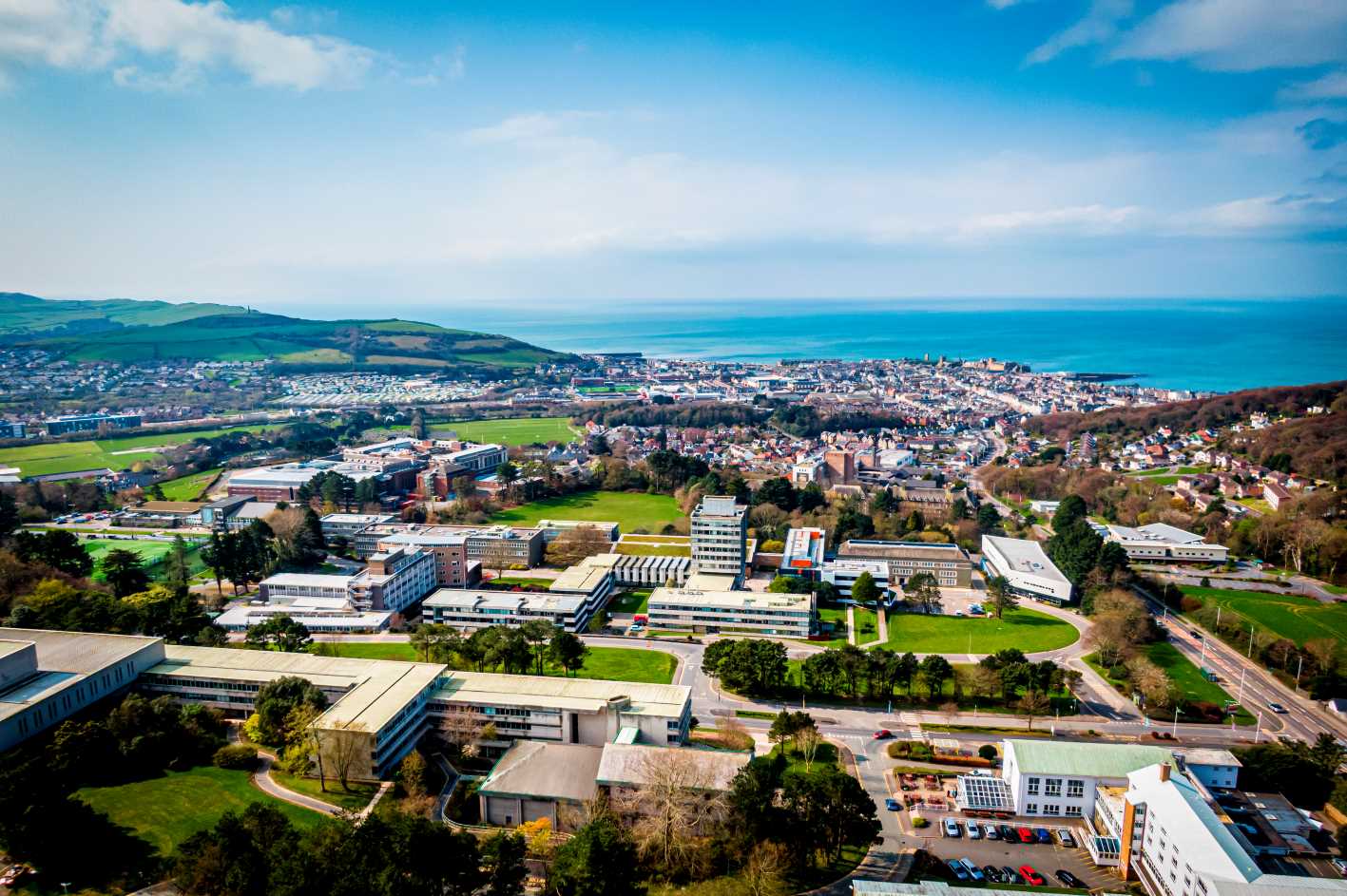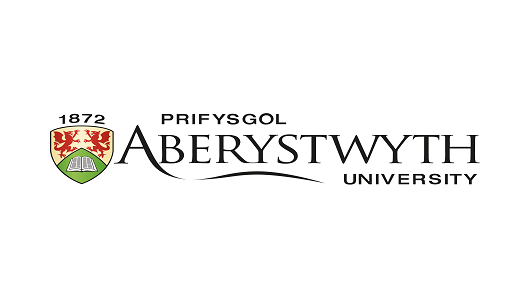 Introduction
Introduction
Established in 1872, Aberystwyth University has around 8,000 students and 2,000 staff. It was awarded University of the Year for Teaching Quality in The Sunday Times Good University Guide 2019, the first university to be awarded the accolade for two years running. The Sunday Times Good University Guide 2020 also awarded us Welsh University of the Year.
The university’s annual utility spend is circa £3.5M, with the majority of consumption at Penglais Campus, which has approx. 55 buildings, most of which were built between the 1960’s and 1980’s and consisting of office, teaching, commercial, sports facilities and residential.
In 2019, the Welsh Government committed to achieve a carbon neutral public sector by 2030. Whilst Universities emissions were in scope of this ambition, they were not mandated to comply. Recognising the need for urgent action to combat climate change, the University Executive agreed to join public sector efforts and so voluntarily pledged to try to be Carbon Neutral by the end of 2030/31.
There are numerous challenges regarding achieving carbon neutrality within such a short time frame, such as incorporating growth, decarbonising heat, funding mechanisms, etc., but in this article, I have tried to summarise just a couple of the issues that are particularly relevant to us in our initial stages at Aberystwyth University.
Challenge 1 – Scope of emission sources
Although Welsh Government have set a highly ambitious target, they have yet to publish the final reporting requirements and scope of the carbon neutral ambition. It is anticipated that offsetting will not be allowed, which I think is a very bold decision. Offsetting has often been seen as a way for organisations to continue operating as normal and just ‘buy their way’ to decarbonisation. This form of decarbonisation detracts from what really needs to be done to reduce emissions at the source.
It is also anticipated that it will include scope 3 emission sources, and whilst we don’t currently have much data on many of our scope 3 emission sources, it is widely expected that this category, particularly purchased goods and services, is likely to be the largest emission source and also the most difficult to decarbonise.
We are waiting for the final reporting guidance to be published before being able to commission a new Carbon Management Strategy. Developing the new strategy will require extensive data gathering and will take some time to fully develop both a baseline and an agreed action plan. We are already restricted by an extremely short time frame for a highly ambitious target, so to ensure that we are making progress in the interim, we have set-up working groups for each of the expected significant emission sources. We are also assigning senior management responsibility for each emission source. The groups established so far are; projects & construction, procurement, space use and heating, land use, travel and food. The initial aims of each group are to explore short term measures for decarbonisation and to get the key stakeholders engaged and prepared for subsequent improvement requirements.
Whilst these groups have been pivotal in getting improvements going, setting a carbon reduction strategy that cuts across so many different areas of responsibility is a significant challenge, not only for us but across the entire sector as in many organisations energy managers tend to be focussed on energy use and have limited experience of implementing strategies for scope 3 emission sources.
 Challenge 2 – Emission factors trends
Challenge 2 – Emission factors trends
I have seen many organisations promoting significant emission reductions without acknowledging the impact that the reduction in the emission factor has had. The obvious risk with this approach is that it could lead to a heavy reliance on grid decarbonisation and not focussing enough effort on reducing energy use and on-site renewables.
The university’s existing Carbon Management Plan, approved in 2015, only targeted electricity and gas emissions (as many carbon management plans have tended to focus on) and runs until 2020/21. At the end of FY18/19 we had achieved a 36% absolute reduction in emissions against our 2011/12 base year, however in this period our total energy consumption had actually gone up by 1%. This emissions reduction was mostly attributed to the changes in the electricity emission factor, which reduced by 44% over the same period, driven by grid decarbonisation due to a cleaner mix based on gas and renewables instead of coal. According to the National Grid’s ‘future energy scenarios’, the annual emission factor reduction is expected to flatten out over the next few years. This will make reducing electricity emissions even harder.
In my view, the key to real decarbonisation is for organisations to be bought into a strategy that focusses on on-site decarbonisation activity with SMART targets that are linked to each key emission source rather than broad carbon reduction targets that can often mask inaction and be affected by so many other variables.
While we await the reporting guidance to begin developing our carbon neutral strategy, we are trying to address each significant emission source. Through the RE:FIT Wales framework we are currently working on an initial £2 Million energy performance contract, funded through Salix finance, and hope to complete subsequent phases in-line with our decarbonisation ambitions. We are also working on a feasibility of a private wire 3 MW ground mounted Solar PV array which, will hopefully provide approximately 20% of our main campus annual electricity requirements.
Final thoughts
Because of the broad scope of emissions included, achieving carbon neutrality will undoubtedly require significant changes to the way that organisations operate, such as the procurement process, how we manage land, how we run our commercial outlets, how we travel etc. Many of the required changes will be met with some form of resistance and the challenge of getting everyone on board is a challenge that cannot be underestimated. The commitment and support from senior management is crucial. At Aberystwyth University the Executive Board has given its full support and indeed has recently appointed an Executive Lead for Sustainability. By assigning senior management responsibility for each emission source, the action plan for each area is theirs to agree, implement and monitor. I have seen many sustainability strategies that struggle when they are being implemented without senior management support across all areas of the strategy.
Much of our understanding on the potential impacts of climate change and the requirements for rapid decarbonisation is coming from Universities such as ours, and it is my view that we should therefore have additional responsibility to be trying to lead the way in decarbonisation.
Author’s profile
Dewi has been Aberystwyth University’s Sustainability Advisor since 2017, a role which encompasses all aspects of energy management and environmental management. Prior to this, he had worked in a variety of roles over the last 11 years covering energy management, environment management and environment compliance. He is an EMA Recognised Energy Manager and CIBSE Low Carbon Consultant and has a PG Cert in Energy and Sustainable Building Design as well as an MSc in Environmental Consultancy. He is also a Chartered Environmentalist and Full Member of IEMA.
This case study featured in the May-June 2020 edition of The EMA Magazine.

